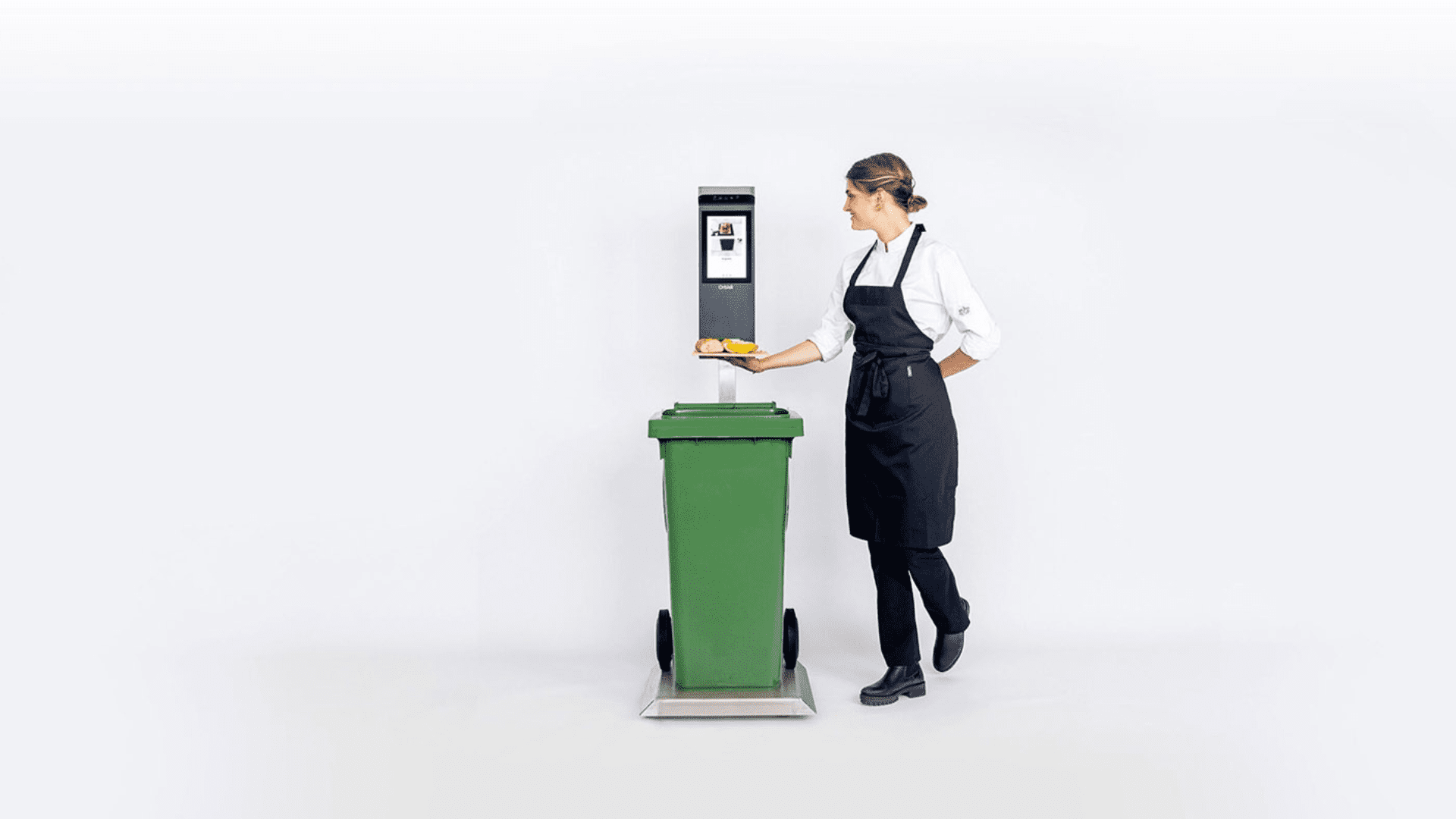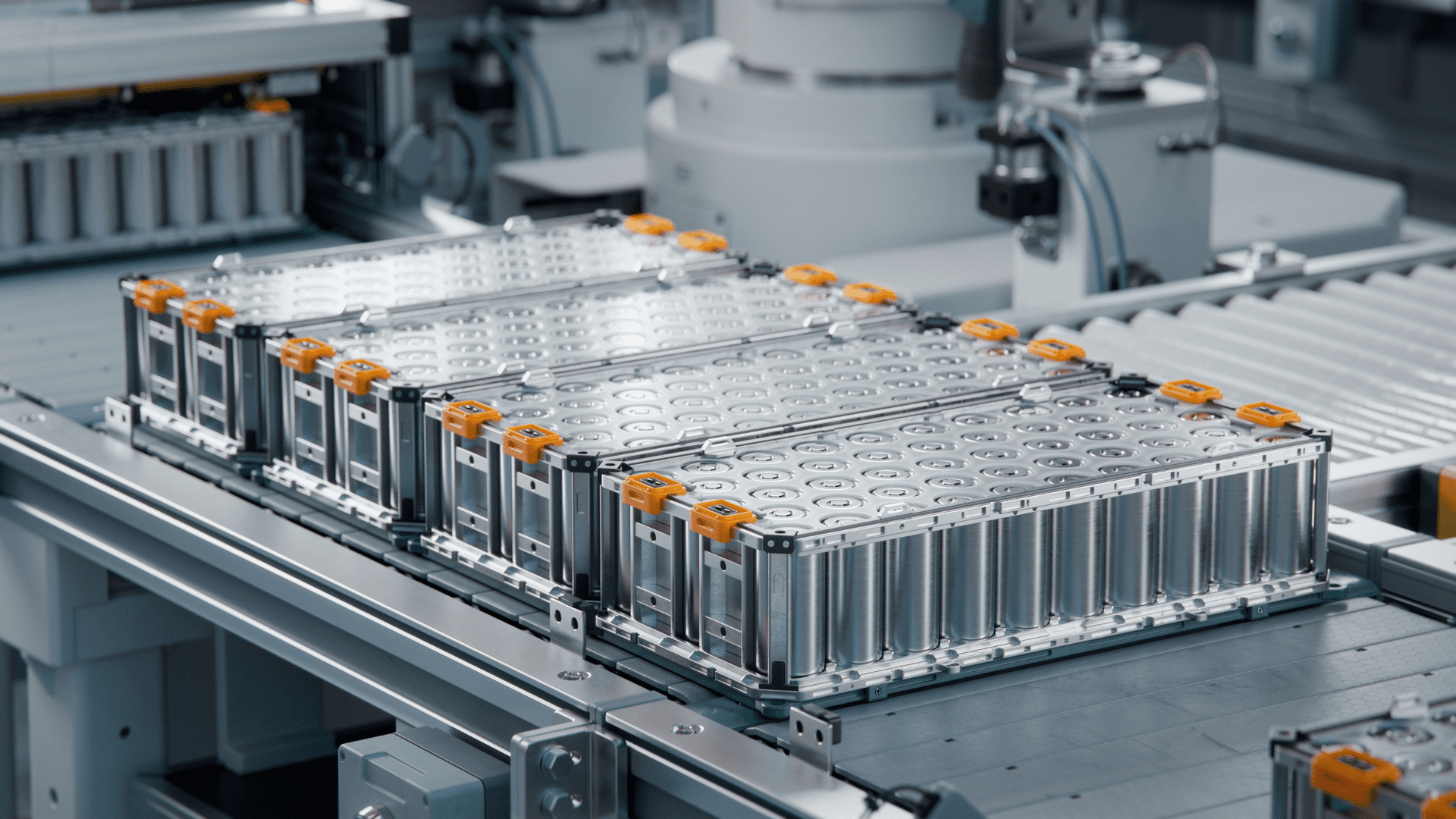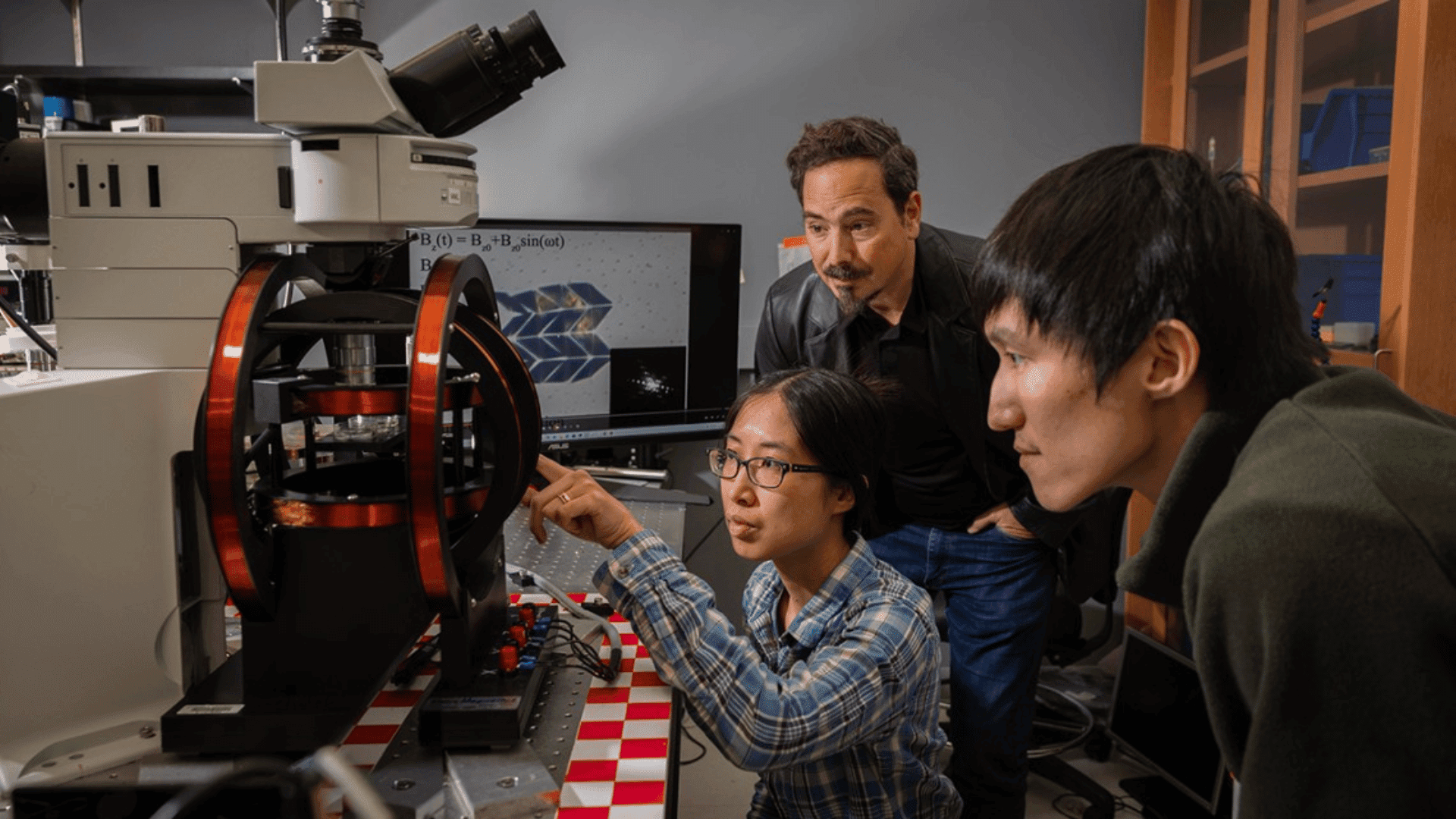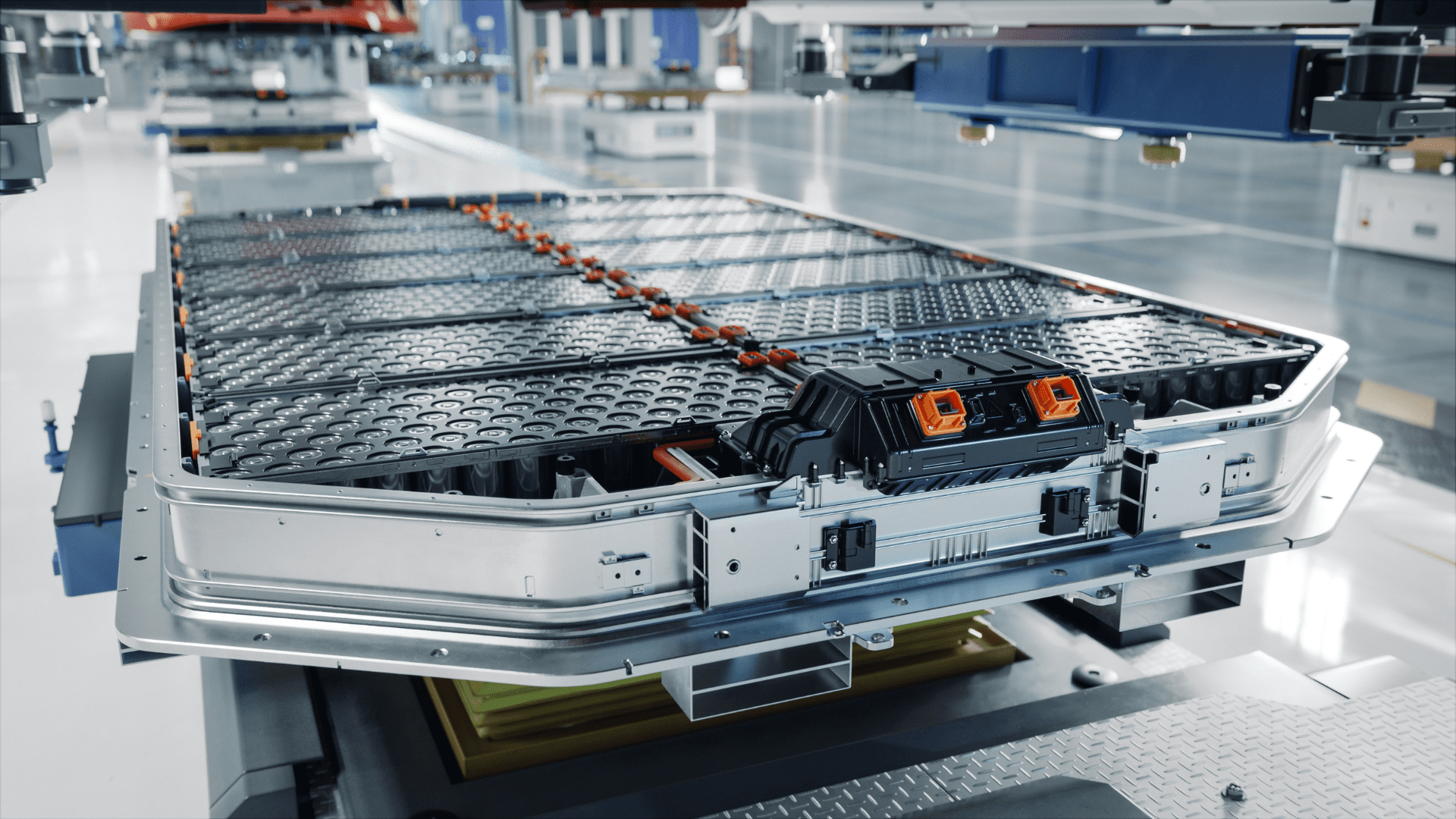While most consider them relics of the past, vinyl records are still very much in production. Many music fans find the sound richer than a digital recording, and the novelty of owning a record can’t be overlooked. The process of creating the record has also remained largely unchanged since the days of the phonograph, with a few notable exceptions.

Master Recordings
It begins with what is called a master recording. This is the original recording of the artist performing in the studio. Alternately, for artists that require multiple sessions or mixing in effects, it could be a digital recording played back. An object known as the lacquer is placed on a record-cutting machine. The mixer sends electrical impulses to the needle (or stylus) in the cutting machine as the master recording is placed. The needle then makes the trademark grooves on the lacquer, spiraling to the middle of the disc. Once the record is cut, it’s sent to a production company.
The production company then prepares a metal master. The lacquer is coated with silver or nickel, then separated from the metal. The resulting master has ridges instead of grooves, making it the perfect mold for the records. A metal record called “the mother” is also made with the master, which is then used to create stampers. The stamper is the actual stamp or mold used during mass-production.
A stamper is placed on top of vinyl on a hydraulic press. The press releases steam, which softens the vinyl. This allows the stamp to press through and insert the iconic grooves. In this way, it is identical to the master recording, meaning when it’s played back, the album in question will be heard. A quick dip in some cool water ensures the record stiffens back up and can actually be played.

Making Your Own Records
The process isn’t as complex as it seems. In fact, some companies have completely cut out the middle steps by giving consumers the master recording itself. Third Man Records, located in Nashville, has a recording booth for visitors to use. The refurbished Voice-o-Graph machine from 1947 allows guests to record up to two minutes of audio, which can be played back via a 6” phonograph record. There’s even an acoustic guitar available to borrow for the recording session, although guests are encouraged to bring their own instruments.
For those not able to make the trek to Tennessee, multiple online companies offer similar services. Vinylfiy, for example, sends the user a custom record (complete with custom cover art) after they upload their tracks online. American Vinyl has a program in the same vein, while also giving artists the chance to mass-produces discs for selling at concerts and events. For those who are really DIY, the Vinylrecorder T-560 puts the record printing process in your own home. It was even featured on Wired Magazine’s liveblog, although the price tag of over $3600 US might turn off casual fans. It’s not a complete set, either: the owner must provide a mixer, headphones, and a vacuum cleaner. (Yes, a vacuum. While the website doesn’t explain, presumably the motor or suction is used to power the device in some way.)
It’s true that your average music listener would rather use Spotify or iTunes than a phonograph. Vinyl records, while a fun novelty, aren’t as practical as MP3s or music streaming services in the age of constant movement. But enthusiasts and purists don’t mind pulling those old records off the shelf, even if they sit and listen to them by themselves. Knowing how the music was engraved into those discs makes the sound all the sweeter.
Follow our World of Production, where big ideas bring big growth.







